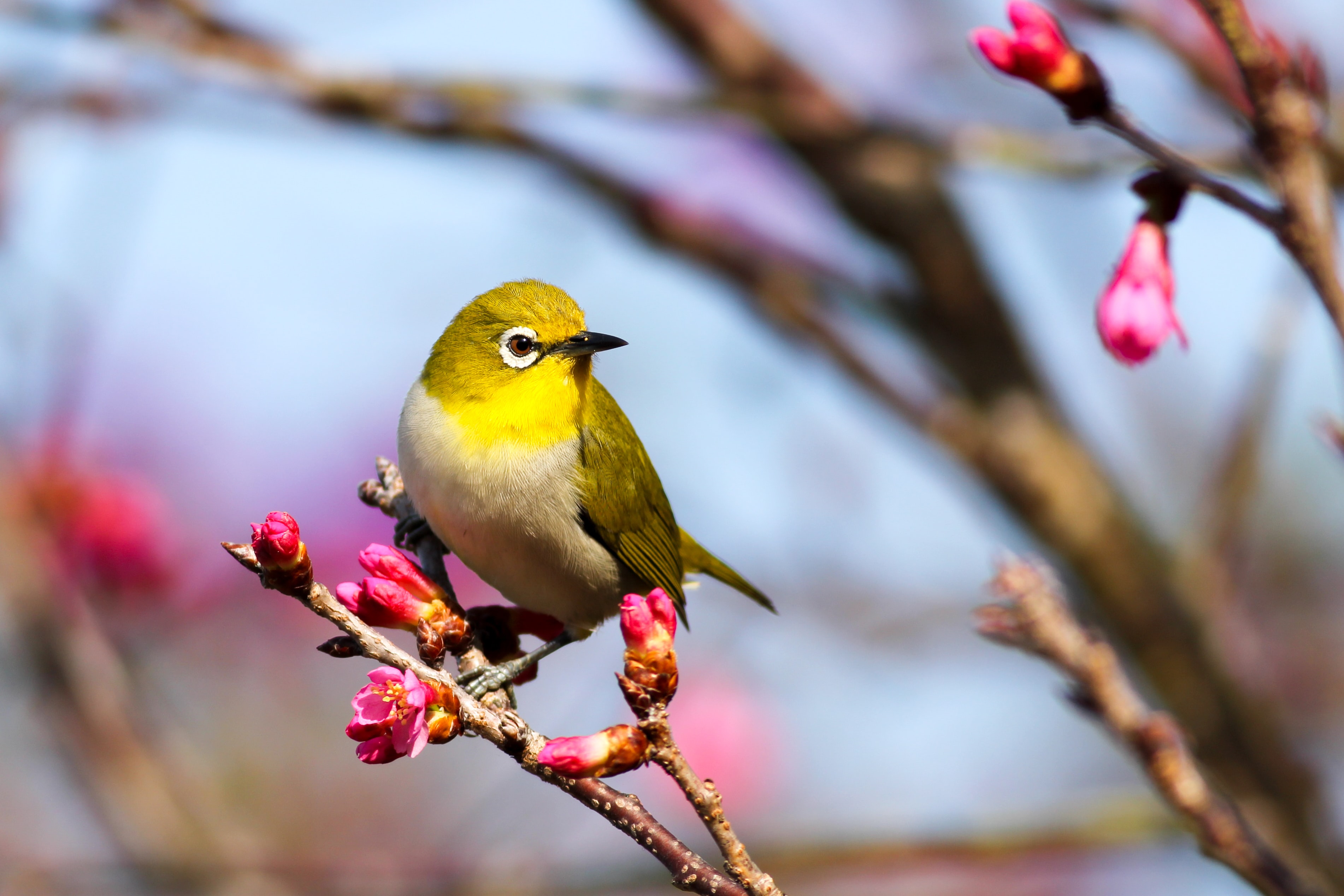News
Gardening is for the Birds

Gardening is for the Birds!
Spring is a time of awakening when the cold of winter starts getting shrugged off to make room for the warmth which accompanies new growth in the natural world.
For birders, it is exciting because of the return of migratory spring birds! From songbirds to shorebirds and even some waterfowl, about 200 species of neotropical migratory birds annually make this incredible trip that spans continents. Final destination nesting grounds for these birds vary widely throughout the United States and north into Canada, but all require stopover sites where they may rest and refuel for the next leg of their trip.
If you want to help these birds in their spring preparations, consider bird-friendly landscaping that includes native, early-blooming trees, shrubs and flowers with colors that attract birds. According to the Cornell Lab of Ornithology, it is important to plant these 7 important plant groups:
- Conifers: Evergreens such as pines, spruces, firs, arbor vitae, and junipers provide excellent shelter, nest sites, and food. For example, some northern finches specialize on extracting seeds from conifer cones, and some hummingbirds take insects and sap from the tips of conifer branches when they first return in spring.
- Wild grasses and forbs: Untrimmed wild grasses (as opposed to closely cropped lawn grass) as well as “weeds” provide cover for ground-nesting birds. Their seeds provide abundant food for many birds.
- Nectar producers: Flowers, especially those with tubular red corollas, attract hummingbirds and orioles. Insects attracted to these plants also serve as food for many birds.
- Summer fruits: Cherry, chokecherry, native honeysuckle, raspberry, serviceberry, blackberry, blueberry, native mulberry, and elderberry provide food for many birds during the breeding season.
- Autumn fruits: Dogwoods, mountain ash, cotoneasters, buffalo-berries, and other fall-bearing fruit and berry plants provide food for migratory birds, both to build up fat reserves before migration and to sustain them along their journey. Non-migratory birds also fatten up on these so they can enter the winter season in good physical condition.
- Winter fruits: Plants that hold onto their fruits long after they ripen in the fall provide a winter food source for winter residents and early-returning migrants. Robins, waxwings, Pine Grosbeaks, and mockingbirds are among the birds drawn to fruit trees in winter. Crabapple, snowberry, native bittersweet, sumacs, viburnums, American highbush cranberry, eastern wahoo, Virginia creeper, and winterberry (holly) are all valuable for these birds.
- Nuts and acorns: Oaks, hickories, buckeyes, chestnuts, butternuts, walnuts, beeches, and hazels provide food for titmice, jays, turkeys, some woodpeckers, and other “mast-eaters.” Insects drawn to their spring flowers provide food for spring-migrating birds. These trees also provide nesting habitat for many species.
Last but not least, you should think about offering a water source for your birds. If you already have a natural source that is great, but if you don’t, offering a bird bath will help to provide water for drinking and preening.
For more questions regarding Warren County Soil and Water Conservation District programs and/or technical assistance on water or soil questions, visit http://warrenswcd.com or call, 513-695-1337.
Short Recap:
If you want to help birds during spring migration, consider bird-friendly landscaping that includes native, early-blooming trees, shrubs and flowers with colors that attract birds.
Text for Social Media:
Gardening for birds is fun and easy but takes some planning and thought.
Photo for Post
See attached.
Photo 1 – Photo by Boris Smokrovic on Unsplash
Additional Resources:
- The Cornell Lab of Ornithology - https://www.birds.cornell.edu/home
- Black Swamp Bird Observatory - https://www.bsbo.org/timing-of-spring-migration.html
- Audubon - https://www.bsbo.org/timing-of-spring-migration.html
- Penn State Extension - https://extension.psu.edu/gardening-for-birds
- Ohio State University Extension - https://woodlandstewards.osu.edu/sites/woodlands/files/imce/0010.pdf
- Oklahoma State Extension - https://extension.okstate.edu/fact-sheets/landscaping-and-gardening-for-birds.html
